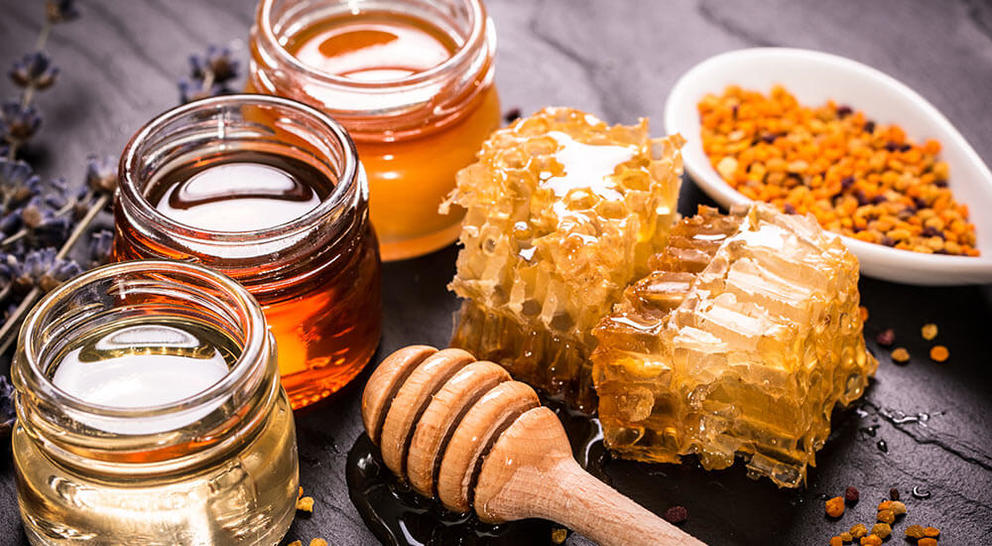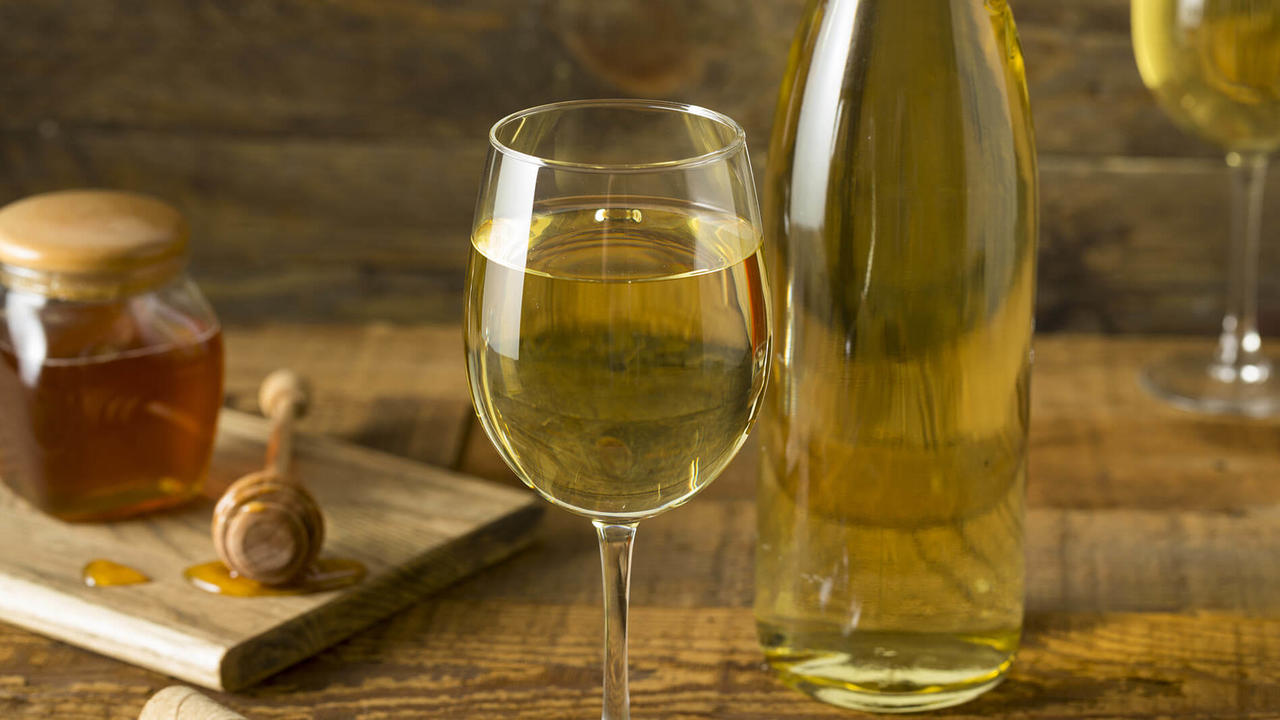Mead is a beverage of great cultural and historical importance, yet in modern times it has become so widely overlooked that in most parts of the world asking for it in a bar will be met with a blank expression. This is quite surprising when you consider that mead is possibly the oldest alcoholic drink in the world, dating back to Hindu Vedic texts and Chinese cultures of seventh millennium B.C. It was touched upon by both Aristotle and Pliny the Elder, and was the drink of choice in Norse, Celtic and Germanic cultures, featuring in the epic Beowulf, as well as Celtic poetry. It is believed that the term “honeymoon” originates from Irish weddings at which mead was a sign of fertility, and by custom newlyweds drank mead for a full month after the wedding. ‘Honey wine’ is another term for mead, although in some cultures it refers to honey-based drinks fermented by other fruits.
Ingredients
The three main components are simply honey, yeast and water. Any honey may be used, but locally-sourced, organic, strong tasting honey is usually the best option. A variety of yeast types can be used to make mead, but it’s common to use the same as is used for making wine. Water should be either mineral or tap water, but not distilled. All utensils need to be sanitised and rinsed before use, with brewing sanitisers or chlorine bleach. Nutrients can also be used to provide healthier conditions for the yeast to ferment, and certain yeast nutrients, such as diammonium phosphate, can be used to speed up fermentation.

The Process
Add honey to water in a mead jug. The quantities can vary somewhat depending on how strong you’d like your mead to be, from a ratio of ½ kilo of honey per 5 litres of water, to 2½ kilos of honey per 5 litres of water. The mix should be shaken to dissolve the honey in the water, and to add oxygen.
Allow a packet of yeast (around 4 tsp) to dissolve in warm water, at around 40°C. Once the yeast has dissolved, add it to the mix, before topping the jug with water, allowing a little space for fermentation bubbles. Close the jug with an airlock that will allow for CO2 to escape without letting in oxygen.
After a few days, carbon should have stopped escaping, and the sediments will have dropped to the bottom of the jug. This means you are ready to ‘rack’ the must into a new jug or container. This can be done with a siphon, but it must be done without oxygen entering the mead. The airlock can be used again to seal the jug and allow any bubbles to escape, but may be replaced with a cap after a month or so. The mead should then be left to age, preferably in a dark basement, for between six months to a year. More time for aging is often considered to produce a finer result.
Variations
There is a variety of different processes used to make mead, and some prefer to boil the honey and water mixture before fermenting. In the past this was done to kill off any undesirable elements, but as long as everything is sanitised this shouldn’t be necessary.
Melomel is the term for a mead using honey and fruit, but there are various names for different types of mead from around the world, such as Pitarilla, a Mayan mead using honey and tree bark, or Gverc, a Croatian mead that adds different spices to the mix.
In addition to the new dimensions of flavour brought to the mead, one advantage of adding fruits to the first round of fermentation is that they can provide nutrients that are useful to yeast, and can shorten fermentation. Fruits can also be added before the second round, and this can have the effect of renewing the fermentation, which may lead to better results. With so many factors at play, experimentation is key.
Modern Mead
Though mead is far from being as commonplace as it once was, and still rarely served in pubs or bars, recent years have seen a resurgence in the beverage, with a rise in the number of meaderies in Britain and North America, and a growth in the industry of 130% since 2011, according to the American Mead Association. This new interest is reflected by an Annual Mead Week in New York, and is perhaps due to the old-world appeal of a delicate and diverse drink that brings in craft beer hipsters as well as those with a taste for something different.
With its complex flavours, mead is also a mixologist’s friend, working very well in a range of cocktails from summer drinks to a wintery mulled mead. How about a ‘mead fashioned’, made using bourbon, mead, angostura bitters and honey syrup? Maybe a mead margarita with tequila, mead, lime juice and bitter lemon? Or even a hot mead toddy composed of rye whiskey, mead, honey, lemon, ginger and hot water?
Mead tasting festivals and events can be found, such as those of Barley Hall in York, or Lindisfarne, and varieties can be found online or in specialist shops, but for the most part mead making remains a home interest for enthusiasts.
If you like homemade recipes check out Homemade Alcohol & Syrups and How to Make Vermouth (and Other Stuff You Need to Know About the Drink!).

